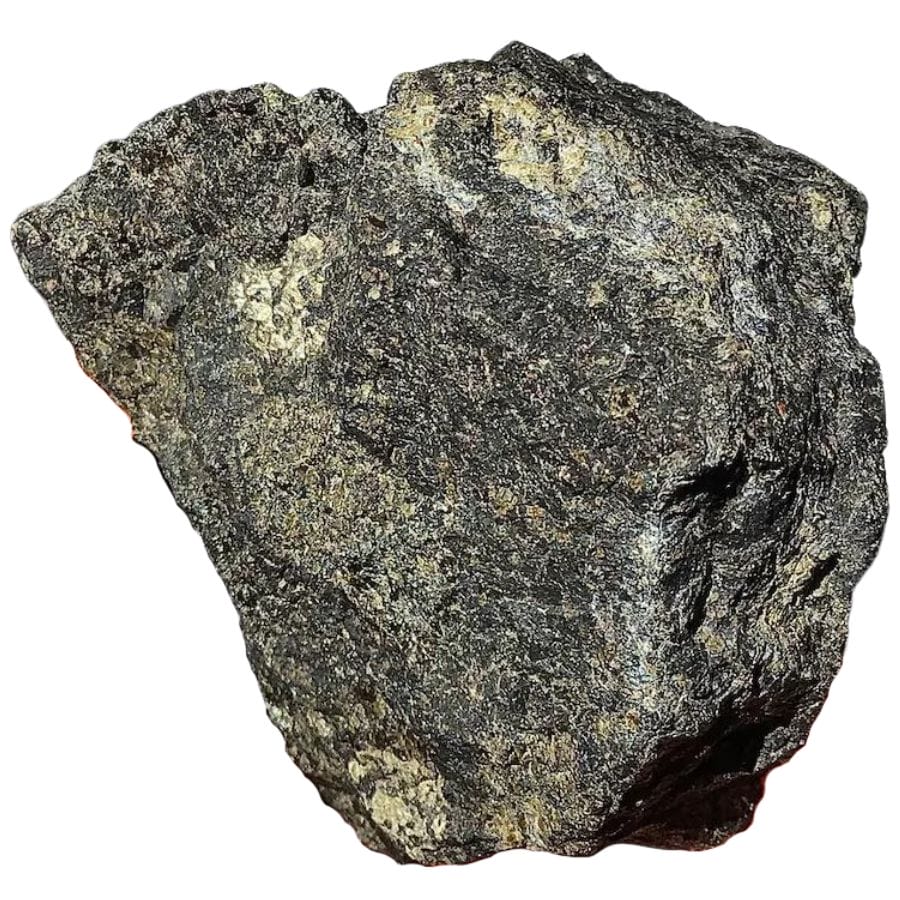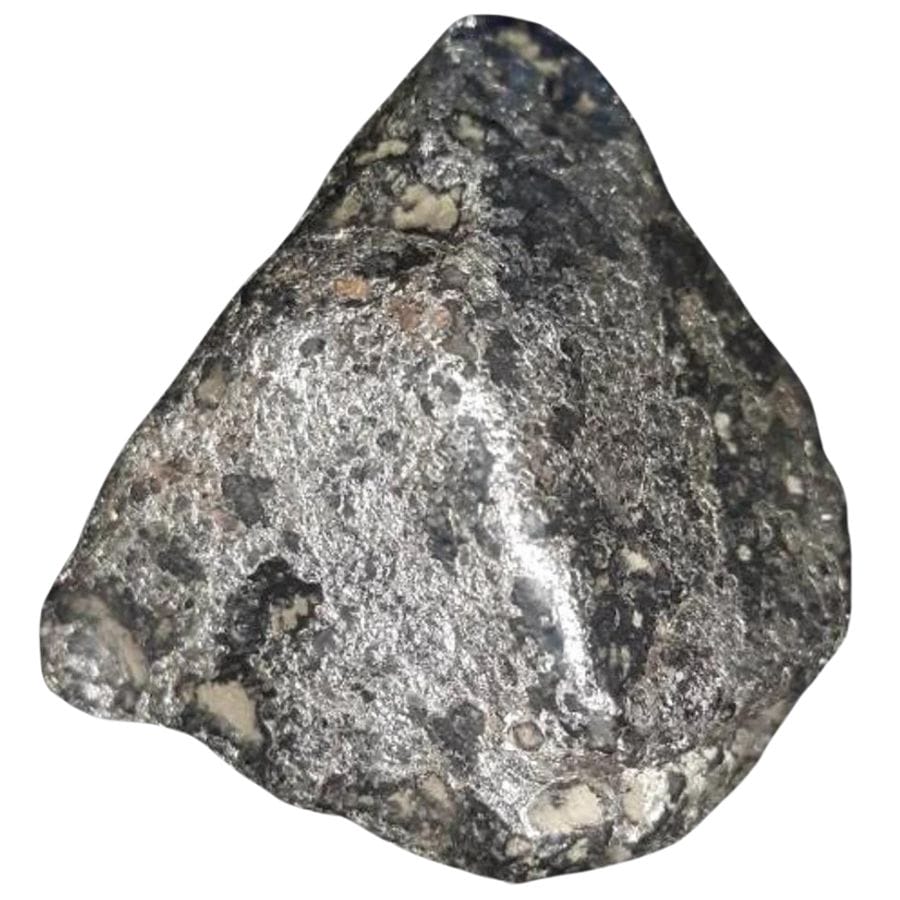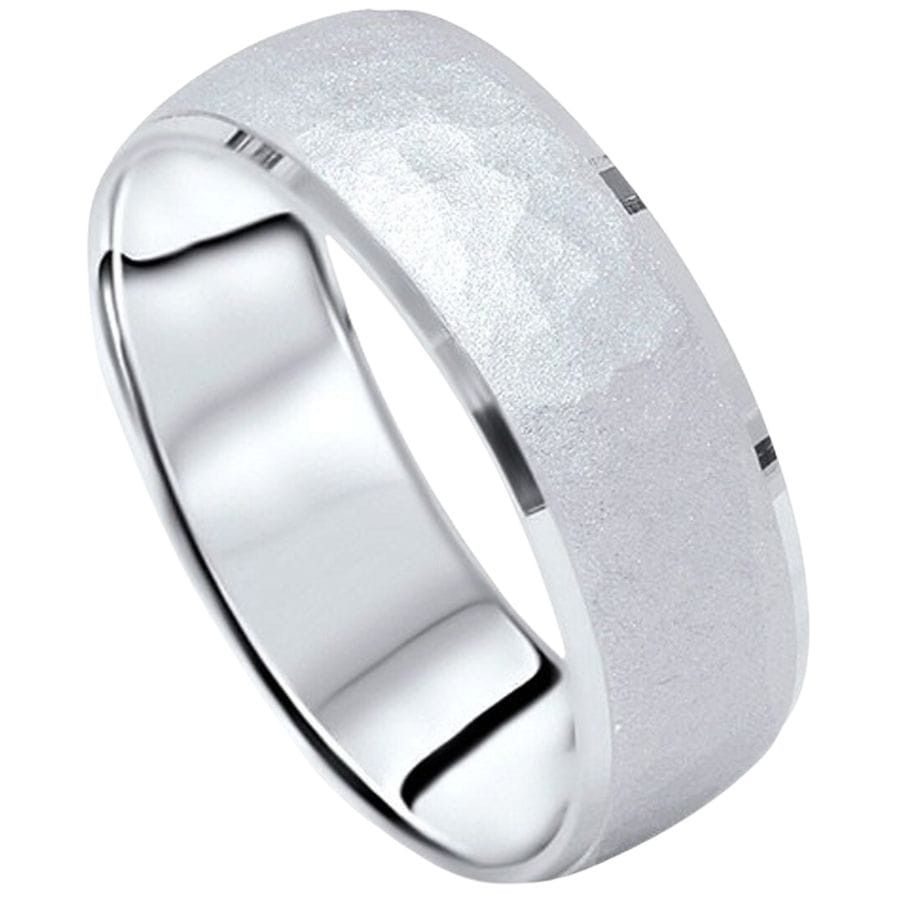Figuring out how much is platinum worth can be quite a puzzle because its price changes a lot. It’s not just about checking the current market price; there are many factors that play into its value.
Some of these factors include how rare platinum is and how it’s used in things like jewelry and cars. The cost to mine and process platinum also affects its overall price, making it an interesting topic to explore.
What is Platinum
Platinum is a shiny, silver-white metal that’s really rare and valuable. It’s often mixed with other metals to make alloys, which can be used for all sorts of things like jewelry and car parts.
Pure Platinum

Pure platinum shines with a beautiful silvery glow that lasts for years. Unlike other metals that turn dull or rusty over time, platinum keeps its bright shine.
Think of a piece of jewelry that always looks fresh out of the box – that’s the magic of pure platinum.
Platinum is also surprisingly tough and flexible. You can bend and shape it without it breaking, making it perfect for delicate wires and intricate jewelry designs.
There’s a catch though. Pure platinum is a little on the soft side. It can scratch if you’re not careful.
That’s why, for most jewelry, platinum gets mixed with other metals. This makes it more durable for everyday wear and tear.
How much is platinum worth
Platinum is a valuable metal, costing about $924.93 for just one ounce. A gram of platinum goes for about $29.74, but if you’re buying a whole kilo, it’ll set you back about $29,737.19.
Sperrylite

Sperrylite is a mix of just two ingredients: platinum and arsenic. This is different from other ores that have more complex combinations. Sperrylite also has a shiny tin-white look, kind of like a bright silver.
Sperrylite likes to hang out with nickel-copper sulfide deposits, where sperrylite forms as tiny flecks or grains.
Even though sperrylite comes in small packages, it makes a big difference as the most important platinum ore. Because it’s easier to identify and extract the platinum from sperrylite, it’s a very important source for this valuable metal.
How much is sperrylite worth
Sperrylite can vary a lot in price depending on how nice it is. If you find a small piece with tiny crystals on a little rock, it might cost you $77.04, but if you’re looking at a high-quality sperrylite, be ready to spend up to $12,075.00.
Cooperite

Cooperite keeps things simple – it’s made mainly of platinum and sulfur, with a chemical formula of PtS. But unlike the shiny white of other platinum ores, cooperite has a pale bronze of yellowish color.
Many platinum ores are found in specific rock formations near the Earth’s surface. Cooperite, however, prefers to hang out in deeper locations.
Miners look for it in ultramafic rocks, which are rich in magnesium and iron, often far underground.
Even though cooperite isn’t as plentiful as sperrylite, it plays a big role in the mix of minerals that bring us platinum.
How much is cooperite worth
Cooperite, another mineral that’s part of the platinum family, can be pretty affordable depending on its size. Smaller pieces, like pebbles or ones that have been polished, can cost up to $10, but a bigger piece might cost up to around $20.
Braggite

Braggite is a mix of three metals – platinum, palladium, and nickel. It also doesn’t have the same shiny white look as sperrylite; it’s more like a pale bronze or grayish brown.
Sperrylite and cooperite are found in specific rock environments. Braggite hangs out in two places – layered intrusions, which are giant underground rock layers, and ultramafic rocks, similar to where cooperite is also found.
Braggite might not be as common as Sperrylite, but it can be more abundant than cooperite depending on the location. In the end, it’s still a valuable source of platinum group metals.
How much is braggite worth
You might pay around $100 for a small piece of braggite, but if you have a bigger chunk, the price can jump up to $10,000.00.
Platinum Alloys

Pure platinum is a prized metal, but sometimes it needs a helping hand. That’s where other minerals come in to form platinum alloys.
Think of an alloy like a superhero team – platinum joins forces with other metals to create something even better.
These powerful pairings can make platinum stronger or give it new abilities. For example, mixing platinum with iridium makes it super tough and scratch-resistant.
This makes it ideal for parts that need to last, like the tiny tips on fountain pens.
Platinum alloys are everywhere! Jewelers use them to craft beautiful and durable rings and other jewelry. Car companies rely on them in catalytic converters to clean up car exhaust.
Even doctors use platinum alloys in pacemakers because they’re strong and compatible with the human body.
How much are platinum alloys worth
The value of platinum alloys depends on the metals mixed with the platinum and how much platinum is used. Generally, the more platinum in the alloy, the more valuable it will be.
Why Platinum is So Expensive

Platinum is much rarer than gold, even though they both look shiny and valuable. Miners might pull thousands of tons of gold out of the ground each year, but platinum production is only in the hundreds of tons.
Since there’s less of it to go around, that naturally makes platinum more expensive.
Getting platinum out of the ground is also a complicated process that takes a lot of work. Imagine having to sift through tons of dirt to find just a tiny bit of platinum.
Platinum isn’t just used for fancy rings and necklaces. It’s actually really useful in a bunch of industries. For example, it helps clean up car exhaust fumes in catalytic converters. It’s also used in electronics and even medical devices like pacemakers.
Because so many different industries rely on platinum, there’s always a strong demand for it. This steady demand, combined with the limited supply, keeps the price of platinum high.
How to Determine the Value of Platinum

The value and price of platinum can change for a bunch of reasons. Things like how hard it is to find and get platinum out of the ground play a big role. Other factors include how much people want it for stuff like jewelry and car parts.
Supply and Demand
Picture platinum as something like your favorite pair of sneakers. There might not be a ton on store shelves, but everyone seems to want them. This is similar to how supply and demand affect platinum’s price.
Supply refers to how much platinum is available. Because it’s rare and hard to mine more, the supply stays low. Demand is how much people want to buy it.
Jewelers need it for jewelry, and car companies use it to clean car exhaust. With limited supply and high demand, the price of platinum goes up.
Think about those sneakers again. If there were only a few pairs left and everyone wanted them, the price would skyrocket. That’s how platinum works – limited supply and high demand make it valuable.
Currency Fluctuations
Currency fluctuations are like the wind that can push the price of platinum up or down on the global market. When the US dollar gets stronger, people using other kinds of money find platinum more expensive, which might make them buy less.
This can make the platinum price dip because there’s less demand from those buyers.
If the US dollar gets weaker, then platinum becomes cheaper for people with stronger currencies. They might decide to buy more platinum because it’s a good deal, which can push the price up.
So, the strength of the US dollar plays a big role in how much platinum costs for people around the world. Watching how currencies move can give you a hint about how platinum’s price might swing, too.
Investor Sentiments
Investors are like people placing bets on the future. If they think the demand for platinum will rise, they’ll rush to buy it now.
This sudden interest can drive up the price of platinum. They’re basically saying that they think platinum will be valuable later, so people should buy it now.
The opposite can happen too. If investors get nervous about the future of platinum, they might sell their holdings. This increased selling can push the price down.
Technological Advancements
New tech can shake up how much platinum is worth by either making it less necessary or finding new uses for it.
If scientists come up with a cheaper or better way to do something that platinum is used for now, then fewer people might want platinum. This could make its price go down because it’s not as important to have.
But, if mining platinum gets easier, there might be more platinum available. Also, if recycling old platinum gets easier, we could end up with more platinum without even needing to dig for it.
There’s always a chance that someone invents something new that needs platinum, like tiny machines or new types of batteries. If something like that happens and suddenly everyone needs platinum for the new technology, the price could shoot up.
Geopolitical Stability
If a major producer of platinum experiences conflict, this can disrupt mining operations and make it harder to get platinum on the market. Suddenly, there’s less platinum available, which can drive the price up.
This is because supply goes down while the demand stays the same or even increases.
On the other hand, peace and stability can be good for the price of platinum. If things are calm in major mining countries, production can run smoothly.
This steady supply of platinum, along with normal demand, can help keep the price stable.
Platinum Price by Fineness, Size, and Unit of Measurement

We made a detailed list that shows all the different prices of platinum. By looking at this list, you can get a good idea of what to expect if you’re thinking about buying or selling platinum.
Platinum values by fineness
| Fineness | Price Range (USD/oz) |
| Investment-Grade (999.5+) | $950.00 to $1,050.00 |
| Lower Fineness | $400.00 to $440.00 |
Platinum pricing by unit of measurement
| Platinum per unit of measurement | Price |
| Ounce | Around $925.00 |
| Gram | Around $30.00 |
| Kilo | Around $30,000.00 |
Platinum ores by size
| Platinum Ore | Small / Low-quality Specimens | Large / High-quality Specimens |
| Sperrylite | $77.00 to $100.00 | Up to $12,000.00 |
| Cooperite | $3.00 to $10.00 | Up to $20.00 |
| Braggite | $104.00 to $300.00 | Up to $10,000.00 |
Platinum-iridium alloy by form and weight
| Form | Price per Gram |
| Wire | $39.00 to $900.00 per gram |
| Crucible | $50.00 to $60.00 per gram |
| Rough nugget | $20.00 to $100.00 per gram |
The Most Valuable Platinum

The most expensive type isn’t a giant chunk you might expect. It’s actually incredibly small – a super fine platinum powder.
Because each tiny particle is perfectly round and uniform, it acts like a super lubricant.
This makes it perfect for high-tech machinery that needs to move with incredible smoothness, like bearings in spacecraft or super sensitive scientific instruments.
So, while a big bar of platinum might look impressive, it’s the microscopic, perfectly round powder that takes the prize for how valuable it is.
How to Get an Appraisal on Your Platinum

If you’re wondering about whether or not your platinum is expensive, finding a skilled appraiser is key. Look for someone who knows a lot about precious metals and has experience with platinum.
Organizations like the Gemological Institute of America (GIA) and the American Society of Appraisers (ASA) can help you find qualified experts.
Before you go to the appraiser, try to gather as much information as you can about your platinum piece. This could include any receipts from when you bought it or details about its purity and weight.
Lastly, it’s smart to get appraisals from a couple of different places so you can compare what they say your platinum is worth.


